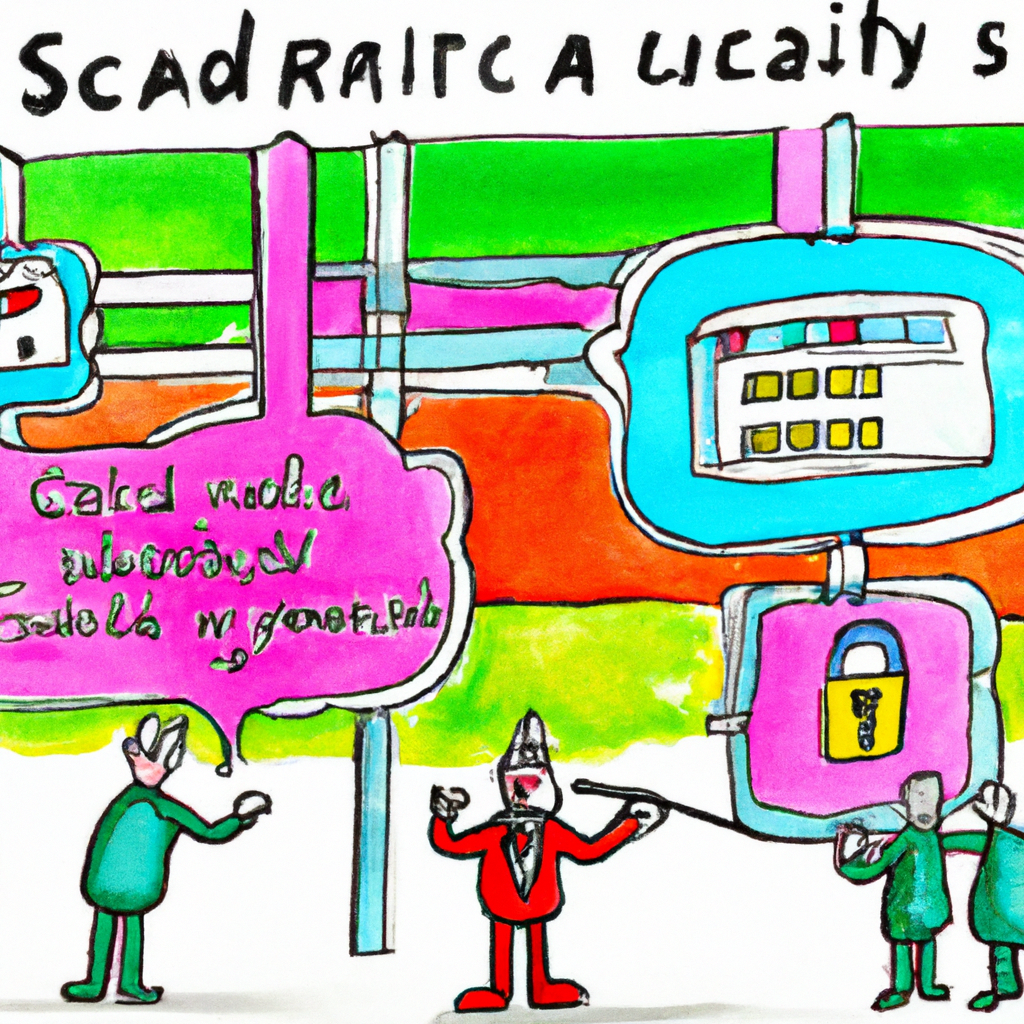SCADA, an acronym for Supervisory Control and Data Acquisition, is an industrial control system at the core of many modern industries. These include energy, transportation, water and waste control, oil and gas, and manufacturing. Understanding the basic structure of SCADA systems is crucial for anyone involved in these industries.
The SCADA system is a computer system designed to gather and analyze real-time data. It allows industries to monitor, coordinate, and control industrial processes in different locations. SCADA systems are vital for reducing downtime, enhancing efficiency, and improving productivity.
The basic structure of a SCADA system consists of four main components: the Human-Machine Interface (HMI), the supervisory system, the Remote Terminal Units (RTUs), and the Programmable Logic Controllers (PLCs).
1. Human-Machine Interface (HMI): The HMI is the central component of a SCADA system. It provides the data visualization tools that operators use to monitor and control the industrial processes. The HMI displays the gathered data in a user-friendly format, often using graphics, charts, and maps. It also allows operators to input commands back into the system.
2. Supervisory System: This is the core of the SCADA system. It gathers data on the process and sends commands to the field devices. The supervisory system is a higher-level system, often a computer with powerful processing capabilities, that communicates with the PLCs and RTUs.
3. Remote Terminal Units (RTUs): These are devices placed at remote locations that communicate with the supervisory system. RTUs collect data from equipment in the field, such as temperatures, pressures, or whether a device is on or off. They then send this data back to the supervisory system.
4. Programmable Logic Controllers (PLCs): PLCs are robust, flexible devices that perform control functions. They are often used in place of RTUs for more complex processes. PLCs can receive commands from the supervisory system, execute the commands, and then send back status information.
The communication infrastructure connects the supervisory system to the PLCs and RTUs. It can be wired or wireless and must be reliable and secure to ensure the smooth operation of the SCADA system.
In a nutshell, the SCADA system works in a loop. The supervisory system sends commands to the PLCs and RTUs. These devices then execute the commands and collect data, which they send back to the supervisory system. The system then processes the data and displays it on the HMI.
Understanding the basic structure of SCADA systems is the first step towards comprehending their complexity and versatility. These systems are the backbone of many industries, providing the tools necessary for efficient and effective process control. By harnessing the power of SCADA systems, industries can improve their operations, reduce costs, and increase productivity.

